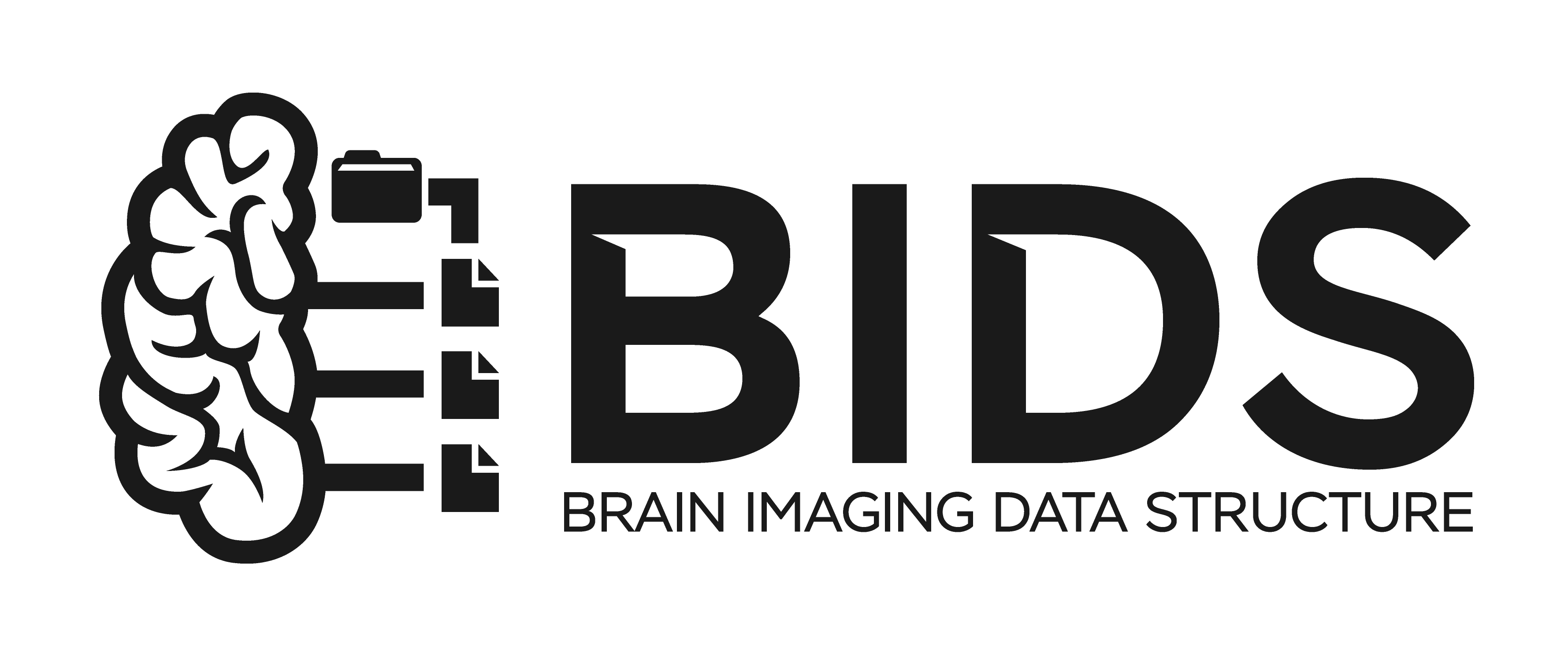NOWA Collaboration with BIDS
NOWA collaborates with BIDS to develop a converter for Eye Tracking data!
Previously, NOWA already communicated the goal of enabling the reuse of data. One way to do this is to establish a standard for data organization. The Brain Imaging Data Structure (BIDS)1 is one of the initiatives that became popular over recent years. BIDS started as a standard for brain imaging only (MRI, EEG, MEG) but already developed specifications for other modalities (e.g., behavioral, physiological data) and more are in active development (e.g., computational modeling, motion data, etc.). Because BIDS is already widely used in the neuroscience community, repositories (e.g., OpenNeuro) and toolboxes (BIDS-Apps) ensure or even demand compatibility with this data standard.
For eye tracking data, the specification is in its final stages for release (see the final draft here). Because using BIDS has a lot of advantages for collaboration within the SFB and TAM, especially for the matter of data reuse, and many projects involve eye tracking data, NOWA is now collaborating with the developers of the BIDS eye tracking specification to develop a BIDS converter.
Over the past several weeks, we developed a first draft version for such a converter. As of today, only EyeLink data is supported but a Tobii integration is in progress.
Usage and output of the converter is as follows:
- Go to our eye2bids GitHub repository
- Follow the instructions on the GitHub repo:
- Clone the repository and install the software using pip install (explained in the ReadMe of the repo)
- Run the eye2bids command in your terminal giving your input file
Requirements:
Before the software can operate on your edf file smoothly, you should make sure to fulfill the following requirements: 1. Your project folder should already be in a BIDS compliant structure. E.g.:
├── dataset_description.json
├── participants.tsv
├── sourcedata
│ └── sub-01
│ └── beh
│ ├── sub-01_taskname.edf
└── raw
├── manual_metadata_taskname.yml
└── sub-01
└── beh
The principles of BIDS, the specification for Eye-Tracking data, and the functionality of the converter are summed up in this presentation: https://docs.google.com/presentation/d/1Kq7-NzncNaCmZZXFeodyoLyEKE8YvD9M3PJX4KOQiC0/edit#slide=id.g27e5212e9f0_2_85
The development is still in progress and we add more and better functionality on a regular basis, such as integration of the eye2bids converter with converters for other data modalities, adding support for other eyetracking devices besides EyeLink, or setting up a GUI for using the converter.
If you have any wishes on what the converter should be able to do or you find any bugs, please let us know by opening an issue on GitHub! Thank you!
-
Gorgolewski, K., Auer, T., Calhoun, V. et al. The brain imaging data structure, a format for organizing and describing outputs of neuroimaging experiments. Sci Data 3, 160044 (2016). https://doi.org/10.1038/sdata.2016.44 ↩
